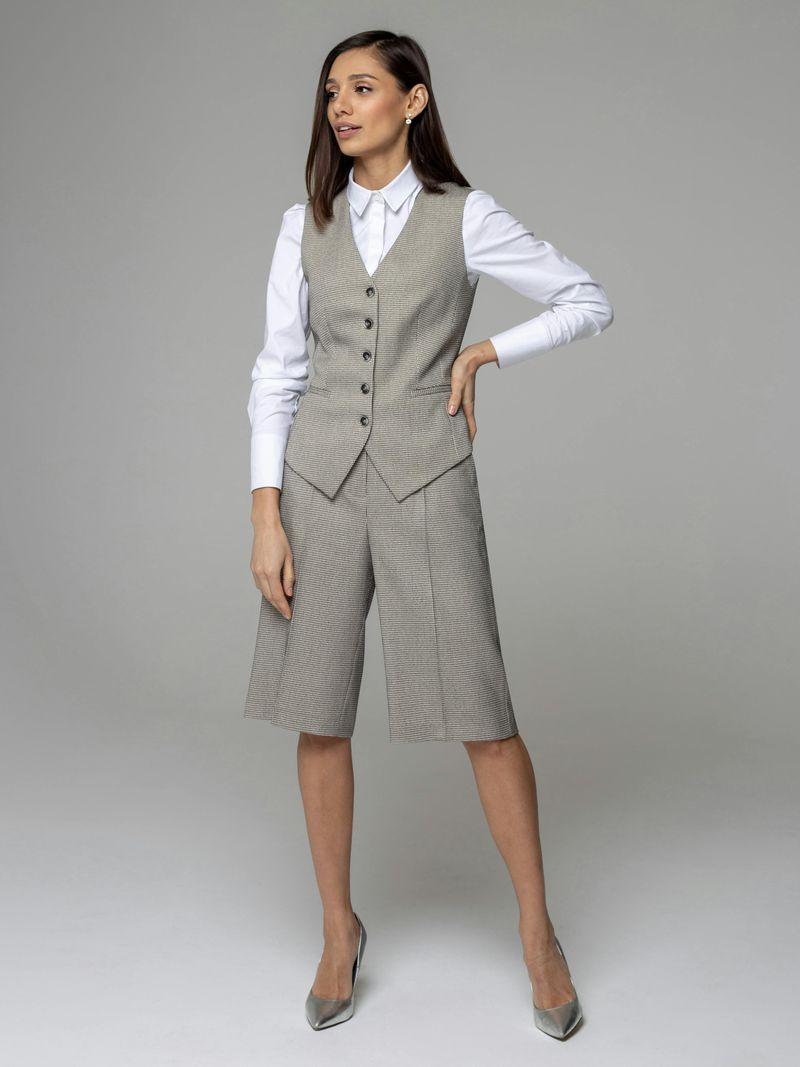13 Science-Backed Ways People Judge You in the First 7 Seconds

Within the first seven seconds of meeting someone, a myriad of subconscious judgments are made. These snap assessments are informed by various factors, from our facial expressions to our voice’s tone. Research shows that these rapid evaluations can significantly influence our social interactions and relationships. Understanding these factors can help us create more positive and lasting impressions. By focusing on elements like warmth, competence, and non-verbal cues, we can navigate social encounters more effectively. Here, we delve into 13 specific ways people size you up almost instantly, grounded in scientific research and social psychology.
1. Warmth

Imagine meeting someone whose smile instantly puts you at ease. This warmth, conveyed through facial expressions like genuine smiles and open body language, is often a marker of trustworthiness. Research suggests that when people perceive warmth, they are more likely to feel connected and safe.
Facial expressions play a crucial role here. A warm smile, especially one that reaches the eyes, can make a lasting positive impression. Such expressions are universal signs of friendliness and approachability.
Body language complements facial cues. An open posture, with uncrossed arms and a relaxed stance, further signals a welcoming demeanor, fostering immediate rapport.
2. Competence

Consider the poised speaker whose clear articulation commands attention. Competence is often judged alongside warmth and is critical in forming first impressions. Confident movements and articulate speech convey capability and reliability.
Facial cues, such as alert eyes and a steady gaze, enhance perceptions of competence. These signals suggest focus and preparedness.
Polish in appearance—neat attire and deliberate gestures—further reinforces an impression of competence. People tend to associate such traits with intelligence and proficiency, making them trust your abilities even at first glance.
3. Facial Structure

Facial features often carry more weight than we might expect. Symmetry and proportions can lead to assumptions about a person’s character or intelligence. For instance, a well-balanced face might be seen as more attractive or trustworthy.
Expressions also influence these judgments. A neutral or calm expression could suggest confidence, while a frown might imply displeasure.
These quick assessments based on facial structure are largely subconscious, but they deeply impact how others perceive us. Awareness of this can help us manage first impressions more effectively.
4. Facial Expression

The Duchenne smile, a true eye-smile, is a universal sign of openness. It involves not just the mouth but the eyes, creating a genuine expression of warmth and friendliness. This can significantly shape perceptions in those crucial first moments.
Neutral expressions, while not negative, may not evoke the same level of approachability. A brief yet authentic smile can swiftly convey friendliness and trustworthiness.
This type of expression is powerful in social interactions, as it fosters a sense of connection without the need for words.
5. Posture

Picture someone standing with confidence, their posture upright and arms open. This non-verbal cue can signal approachability and self-assurance. People often associate good posture with confidence and open-mindedness.
Conversely, slouched shoulders or crossed arms might be interpreted as defensiveness or lack of interest. These subtle signals can influence how others respond to you.
Awareness of your body language allows you to make adjustments that help present a positive image, fostering a more welcoming atmosphere.
6. Eye Contact

Balanced eye contact can be a powerful tool in communication. It shows attentiveness and sincerity, elements that are crucial in forming a good first impression. Avoiding eye contact might be perceived as evasiveness, while too much can feel intrusive.
The key lies in finding the right balance. Steady, engaged eye contact communicates respect and interest, laying the groundwork for trust.
In social and professional interactions, mastering this art can enhance your presence and leave a lasting positive impression.
7. Tone of Voice

Your voice can convey much more than words alone. The pitch, speed, and clarity of your voice all contribute to how you are perceived. A warm, steady tone suggests confidence and trustworthiness.
Speaking too quickly might signal nervousness, while a monotone might seem disinterested. Finding the right vocal balance can make a significant impact.
A clear, engaging voice can enhance your message, making you appear more authoritative and approachable in those first critical moments.
8. Appearance and Attention to Detail

Visual cues such as clothing, grooming, and style are powerful indicators in first impressions. They can reveal much about your professionalism and attention to detail. A polished appearance often suggests care and competence.
Conversely, disheveled looks might imply a lack of attention or interest. It’s not about expensive clothing but rather the neatness and appropriateness for the setting.
Attention to detail in appearance can enhance your credibility and make interactions smoother, especially in professional settings.
9. Handshake

In contexts where it’s socially acceptable, a handshake can communicate a lot about your personality. A firm but not overpowering grip suggests confidence and friendliness.
The warmth of a handshake can also make a significant difference, as it sets a tone for the interaction. A limp or overly strong grip might convey different, less favorable impressions.
A well-executed handshake is a subtle yet potent way to reinforce a positive perception in face-to-face meetings.
10. Movement

The way you move can tell stories words might not. Fluid, confident movements suggest poise and self-assurance, while fidgeting might imply nervousness.
People often pick up on these subtle cues, quickly forming impressions about your demeanor and personality. Whether you walk with purpose or appear unsure, these movements can influence how others perceive you.
Being mindful of your movements can help portray a composed and positive image.
11. Mirroring

Mirroring the body language of someone you’re speaking with can build rapport quickly. This subtle alignment in movement can foster a sense of connection and understanding.
It’s often an unconscious behavior, but when done intentionally, it can deepen interpersonal bonds. Mirroring shows empathy and attentiveness, making interactions smoother.
By reflecting the stance or gestures of others, you can create a more harmonious and engaging conversation.
12. Contextual or Environmental Cues

Sometimes, your environment speaks on your behalf. Whether it’s your office, the background of a video call, or the tools you use, these elements form part of your first impression.
A tidy and thoughtfully arranged space can suggest organization and professionalism. Conversely, a chaotic background might lead to assumptions of disorganization.
By curating your surroundings, you can enhance how others perceive your character and capabilities.
13. Thin Slicing

Thin slicing is the art of forming quick judgments based on limited information. People do this intuitively, making snap assessments that often align with long-term perceptions.
These brief moments provide insight into a person’s character or style, often with surprising accuracy. It’s a testament to the power of first impressions and how they can shape subsequent interactions.
Understanding thin slicing can help you present your best self in those fleeting but crucial first seconds.

Comments
Loading…